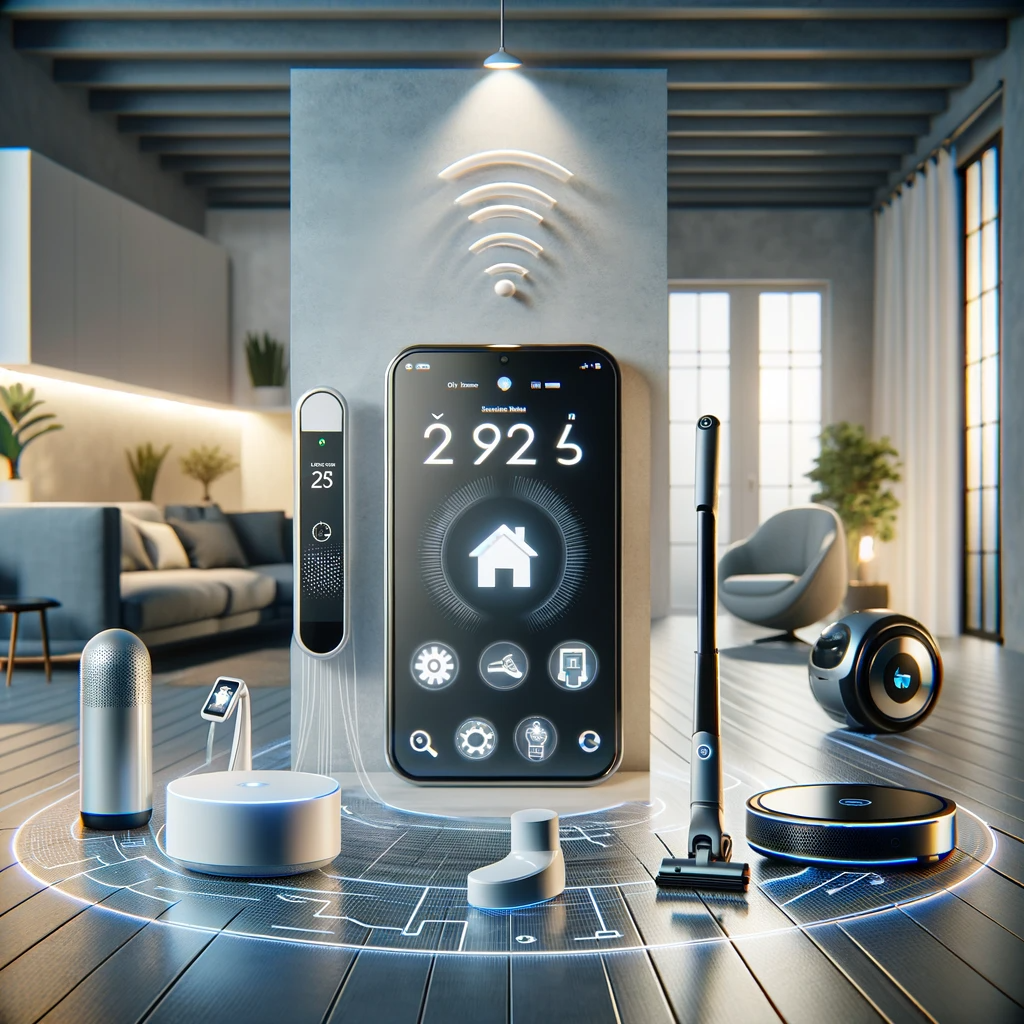Forget the fancy gadgets and sci-fi movies – smart home technology isn’t just about dimming the lights with your voice or preheating the oven from the office. In its truest form, it’s about creating inclusive spaces, empowering individuals, and redefining accessibility for those with disabilities. Let’s ditch the “luxury tech” label and explore how smart homes are becoming havens of independence and autonomy for people of all abilities.
Imagine turning on the lights, adjusting the thermostat, or locking the door – all without getting out of your chair. For someone with limited mobility, this isn’t a futuristic dream, it’s a daily reality with voice-controlled systems like Alexa or Google Home. No more struggling with switches or reaching for knobs – just a simple voice command takes care of everything.
Related article: From Sci-Fi Fantasy to Seamless Symphony: How Control4 Orchestrates Your Smart Home Dream
Doors used to be physical hurdles, but now they can be welcoming gateways. Smart locks controlled by smartphone apps or remote controls remove the need for manual effort, letting you glide in and out with ease. And motorized window blinds? No more wrestling with cords or straining to reach – a press of a button bathes your home in sunlight or creates a cozy cocoon, all on your terms.
Safety becomes a constant companion with smart security systems. Video doorbells let you see who’s knocking before opening the door, while motion sensors and surveillance cameras keep a watchful eye on your home, sending real-time alerts to your phone. It’s peace of mind knowing you have a network of digital guardians looking out for you, especially if you’re more vulnerable.
Learn more!: Security and Surveillance solutions
For those with visual impairments, the world can be a dimly lit maze. But smart lighting systems change the game. Imagine lights that adjust automatically as the sun sets or brighten at your voice command, illuminating your path and reducing the risk of accidents. It’s about creating a safe and comfortable environment where light becomes an ally, not an obstacle.
Smart homes aren’t just about physical limitations; they can also be a boon for individuals with cognitive disabilities. Automated reminders for medication, appointments, or daily tasks become your digital memory bank, ensuring you stay on top of your routine. And for those prone to disorientation or wandering, GPS trackers and sensor-based alarms offer an extra layer of protection, providing loved ones with the reassurance that you’re safe and sound.
But let’s be honest, the “smart home” label often comes with a hefty price tag, right? Not anymore. As the technology matures and becomes more mainstream, costs are dropping, making it accessible to a wider range of people. Plus, many assistive smart home devices are now covered by health insurance plans and disability grants, opening doors (pun intended) for even more individuals.
The future of accessible smart homes is brighter than a thousand smart bulbs. Imagine AI-powered systems that learn your daily routines and anticipate your needs, or seamless integration with health monitoring devices for real-time care at your fingertips. It’s not just about convenience anymore, it’s about empowering individuals with disabilities to live independently, confidently, and with complete control over their own spaces.
So, let’s move beyond the misconceptions and embrace the transformative power of smart home technology. It’s not a luxury gadget or a sci-fi fantasy; it’s a tool for inclusion, a bridge to independence, and a beacon of hope for a future where accessibility is not just a concept, but a lived reality for everyone. Remember, a smart home isn’t just about dimming the lights – it’s about dimming the barriers and shining a light on a world of possibilities.
